In one of the most significant airpower developments in recent years, the U.S. Air Force’s new B-21 Raider — the world’s second stealth bomber, at least that we know about — has taken to the air. A video taken from outside the Air Force’s storied Plant 42 in Palmdale, California, early this morning, showed the B-21, with its landing gear down, accompanied by an F-16 chase plane. Other high resolution photos have followed.
The aircraft has now headed to nearby Edwards Air Force Base, California, where formal flight testing will take place.
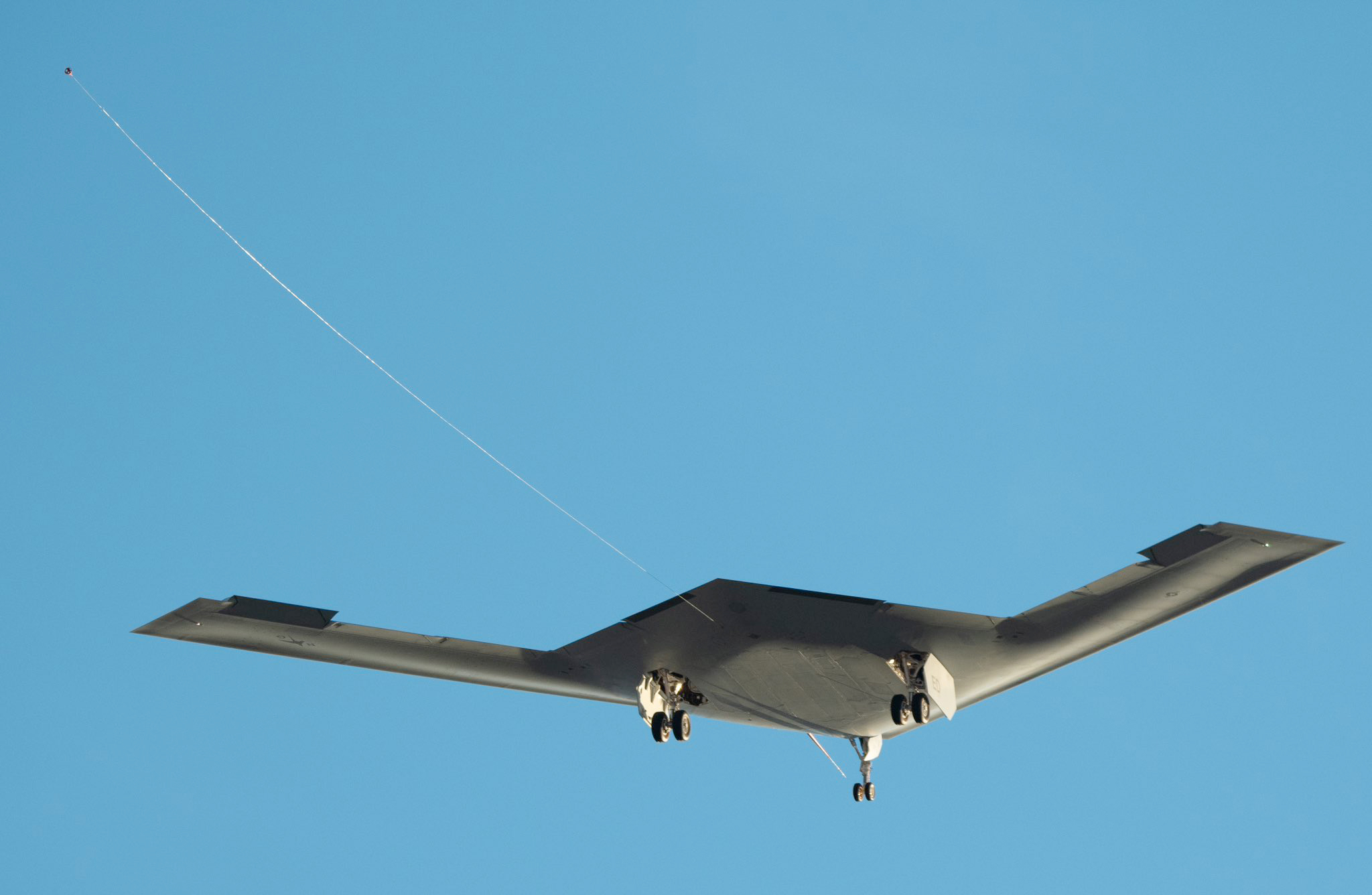
In a statement, Ann Stefanek, an Air Force spokesperson, told The War Zone:
“The B-21 Raider is in flight testing. Flight testing is a critical step in the test campaign managed by the Air Force Test Center and 412th Test Wing’s B-21 Combined Test Force to provide survivable, long-range, penetrating strike capabilities to deter aggression and strategic attacks against the United States, allies, and partners.”
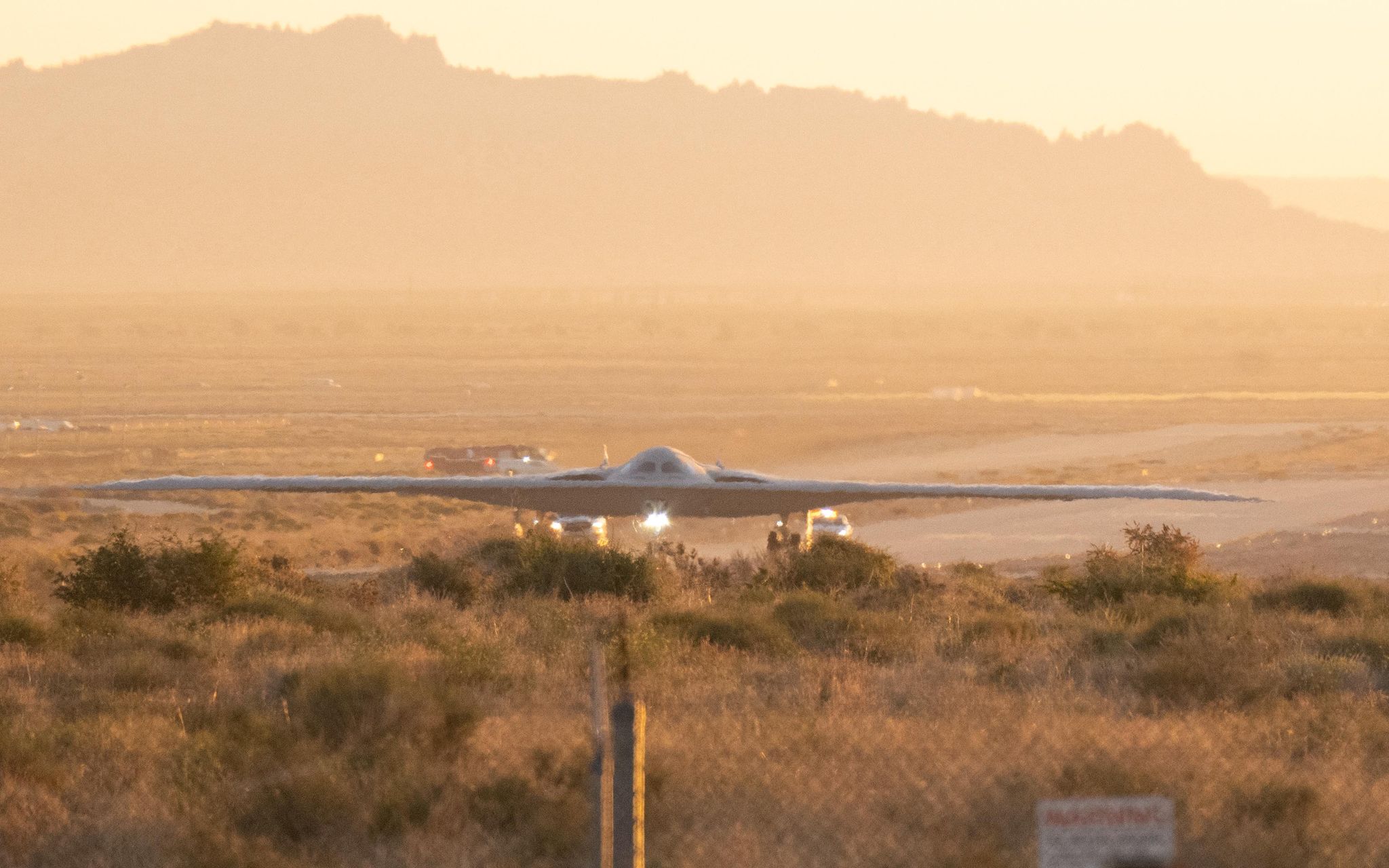
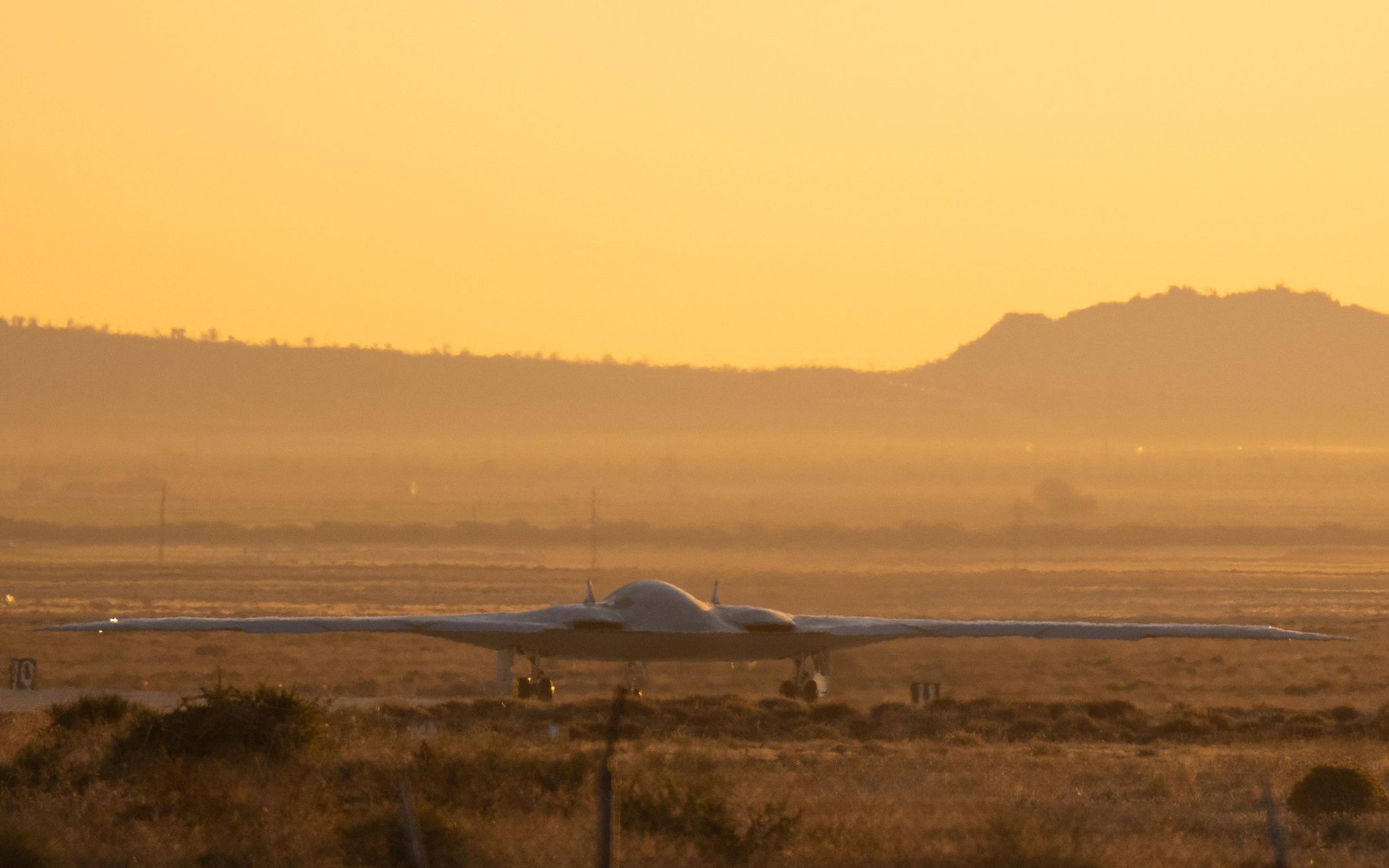
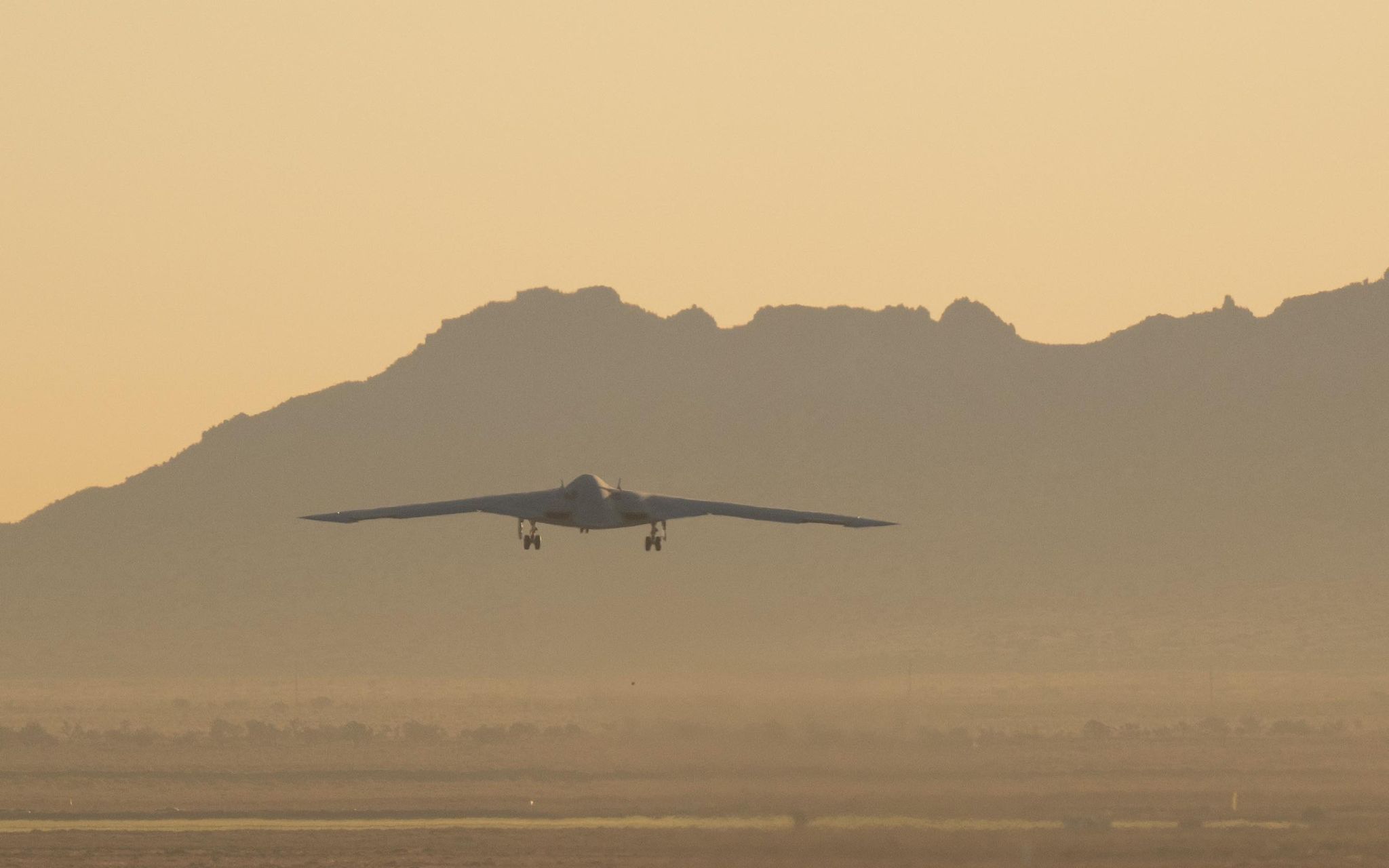
There had been growing signs in recent weeks that the B-21’s maiden flight was imminent. This included multiple daytime sightings of the first pre-production example doing taxi testing on the ground. The War Zone was the first to report that the Raider had started undergoing taxi tests, typically the last step for an aircraft before flight testing, back in October.
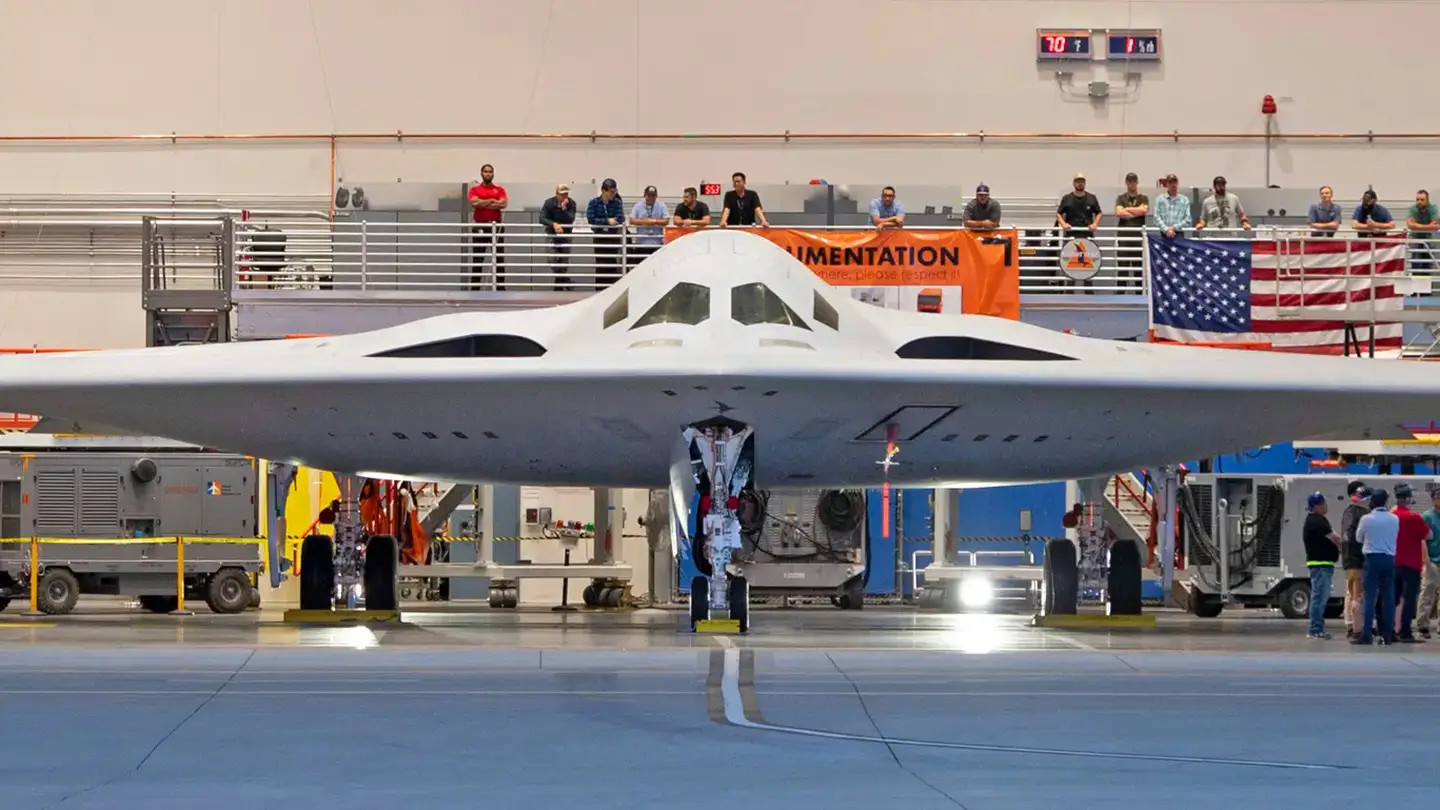
“The B-21 is conducting taxi activities. Extensive testing evaluates systems, components, and functionalities,” an Air Force spokesperson had told The War Zone on November 9 when asked for an update on Raider’s activities. “This testing allows us to mitigate risks, optimize design, and enhance operational effectiveness. Rigorous testing is a critical step in the B-21 flight test program.”
The B-21’s first flight has been hotly awaited for years now, but the schedule has been pushed back multiple times over the years due to various issues, not least the effects of the COVID-19 pandemic.
Back in September, Secretary of the Air Force Frank Kendall had said the service was “still hopeful on having first flight this year,” before backtracking somewhat with the statement: “If I were to say it will, I would be making a very specific prediction. And I never do that about an acquisition program for something that hasn’t happened yet. Okay?”
The B-21 had already hit a number of other milestones earlier in the year, including the first powering on of its systems in July and the start of engine test runs on the ground two months later. Then came the aforementioned news about taxi testing.
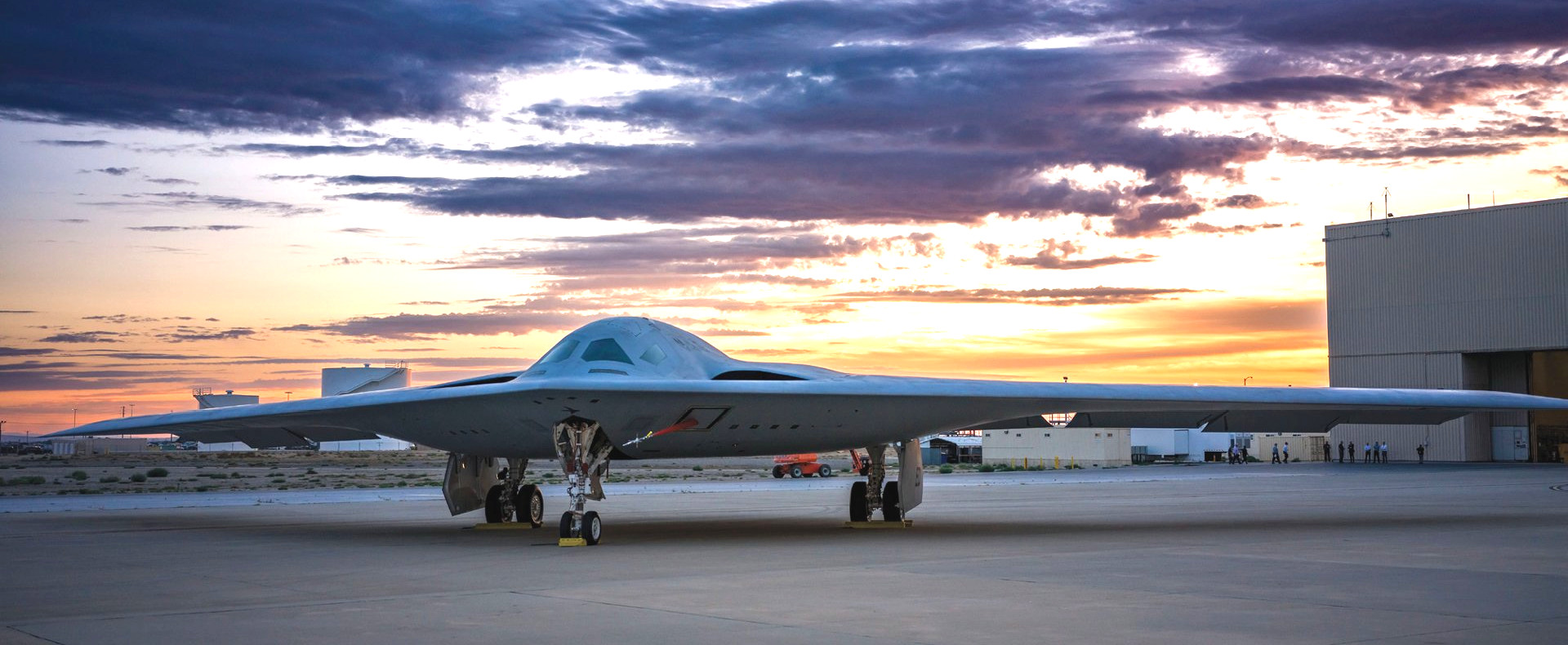
The first B-21 is now set to start more rigorous developmental flight testing at Edwards and will eventually be joined there by other pre-production examples that will form a combined test force. Another five of the bombers are in various stages of production at Northrop Grumman’s facility within Plant 42.
If all runs to plan, the first operational B-21s should start to enter service in the mid-2020s. The Raiders are set to replace the Air Force’s B-2 and B-1 bombers. Ellsworth Air Force Base in South Dakota is set to be the first base to get the new bombers, followed by Whiteman Air Force Base in Missouri and Dyess Air Force Base in Texas.
While the B-21 will become a key part of the U.S. nuclear deterrent triad, it will do much more beyond that critical role. As well as being capable of conventional strikes, it will offer a host of other capabilities.
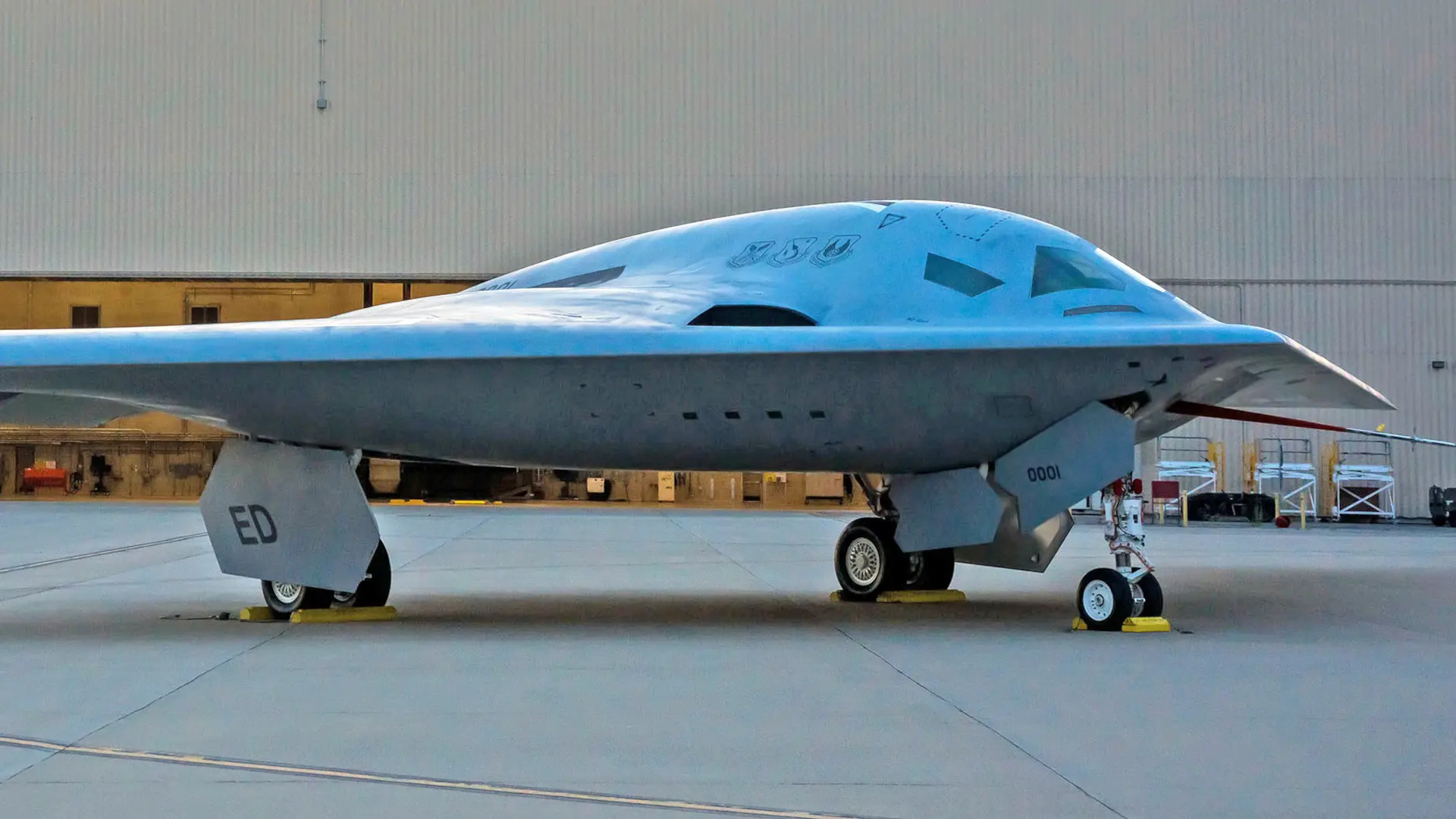
“The B-21 is multi-functional. It can handle anything from gathering intel to battle management,” Secretary of Defense Austin declared at the Raider’s rollout ceremony last year.
After all, the B-21 is also a component of the wide-ranging and secretive Long Range Strike Family of Systems (LRS FoS). LRS FoS is known to include the stealthy Long Range Stand-Off (LRSO) nuclear-armed cruise missile, which will be one of the Raider’s main weapons. The weapon is already in flight testing.
The LRS FoS also includes other advanced, but highly classified capabilities, as you can read more about here. This is understood to include the high-altitude long-endurance stealth drone commonly referred to as the RQ-180, which may also be getting close to entering service, if it isn’t already in some capacity.

It is very likely that the B-21 will leverage developments from the Next Generation Air Dominance (NGAD) initiative, as well. As part of NGAD, the Air Force plans to acquire thousands of highly autonomous drones under the Collaborative Combat Aircraft (CCA) program, which could work together with Raiders in the future. NGAD is also a family of systems, but a more tactical one, but there’s expected to be a crossover between the two, with drones and networking architecture being two obvious points of potential synergy.
More details about the B-21 and its capabilities, as well as related developments, may increasingly emerge now that the Raider has taken its first flight. Regardless, this is a historic day for aviation and a huge accomplishment for Northrop Grumman and the USAF.
We will have our full analysis on this historic first flight and what we are seeing now that the B-21 is finally in the air, soon.
A huge thanks to Matt Hartman (@shorealonefilms ) and to Mike Henry — make sure to follow him on Instagram @mykenry — for their amazing shots.
UPDATE: 12:30 PM EST—
Some additional gorgeous photos of the departure from Andrew Kanei:
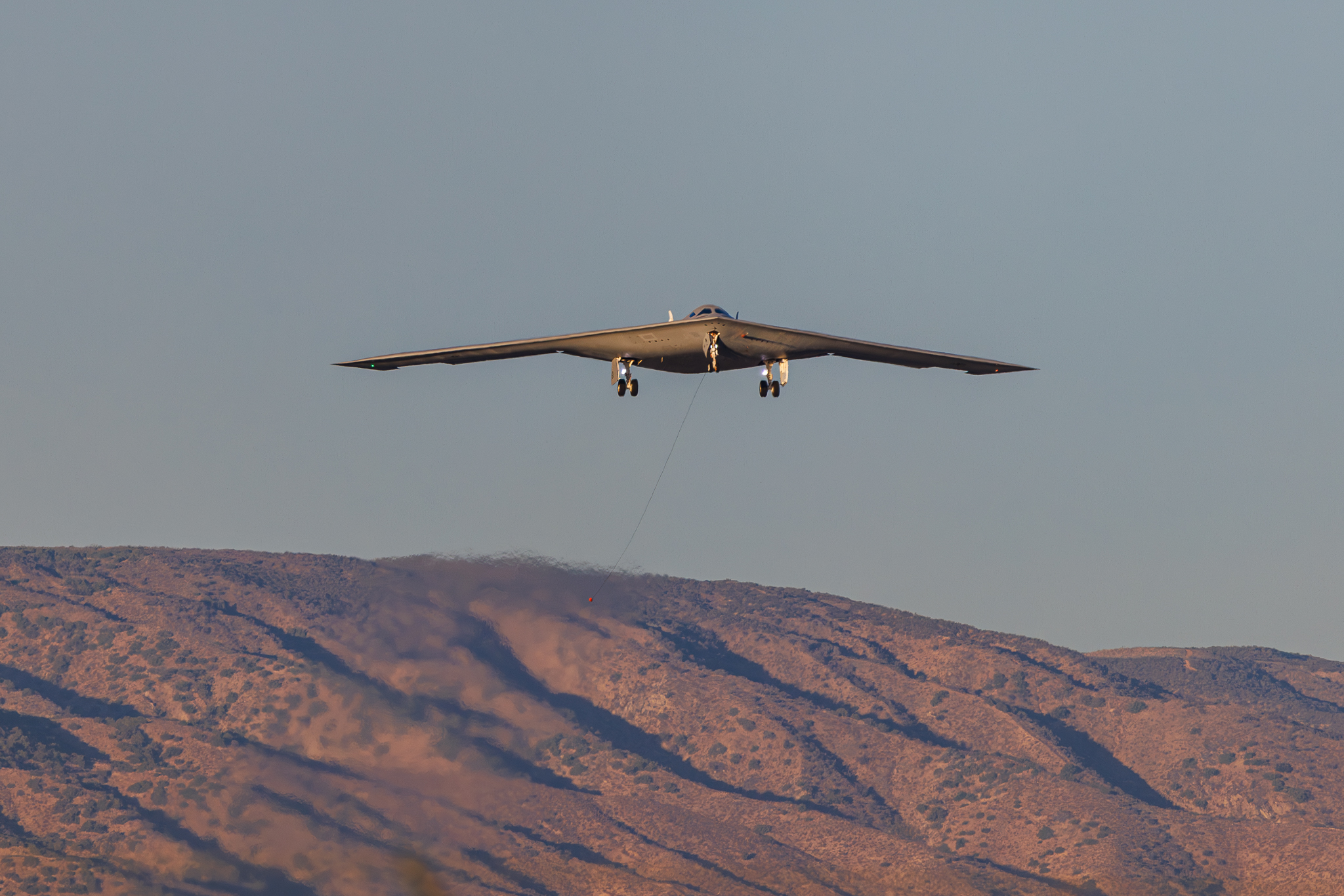
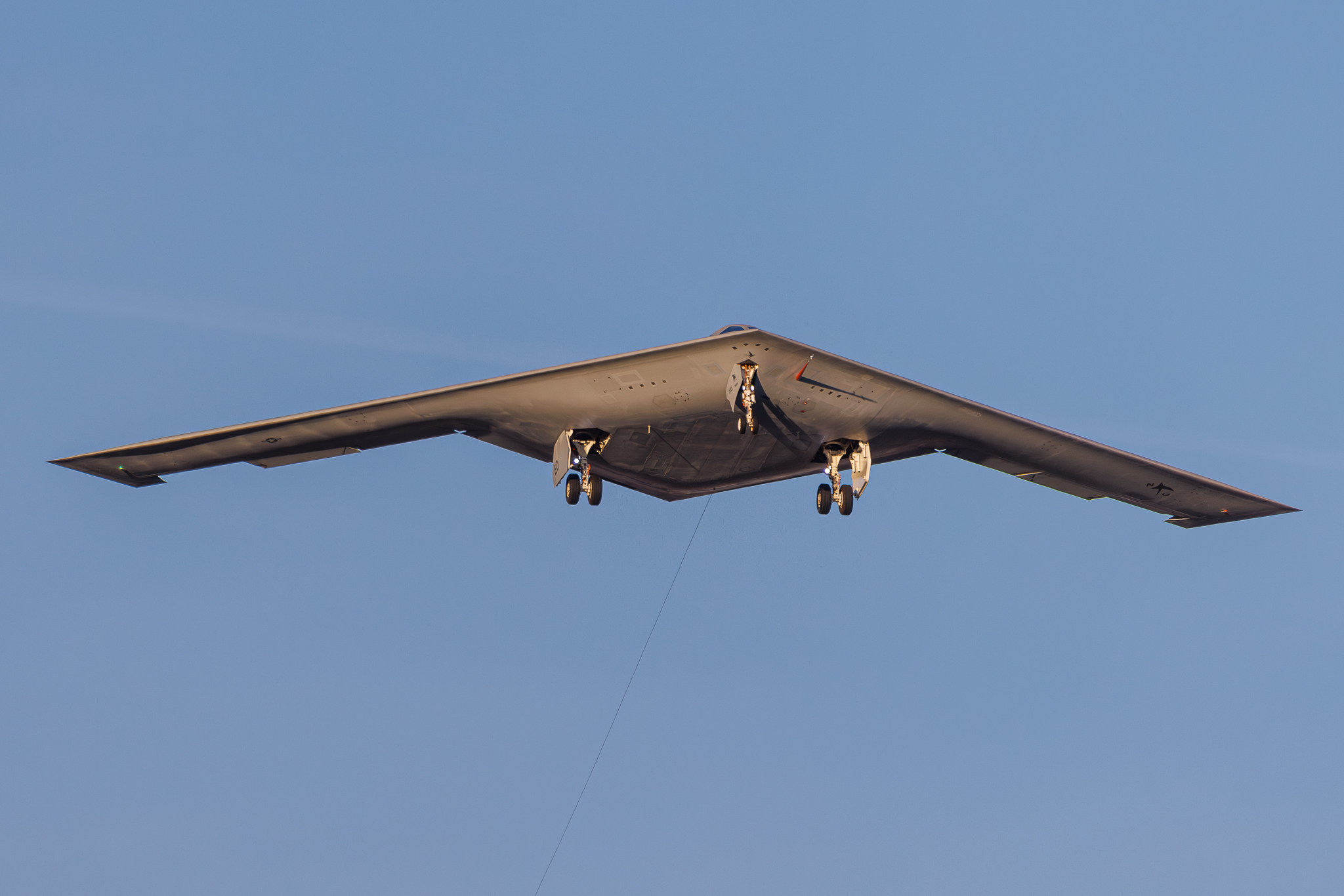

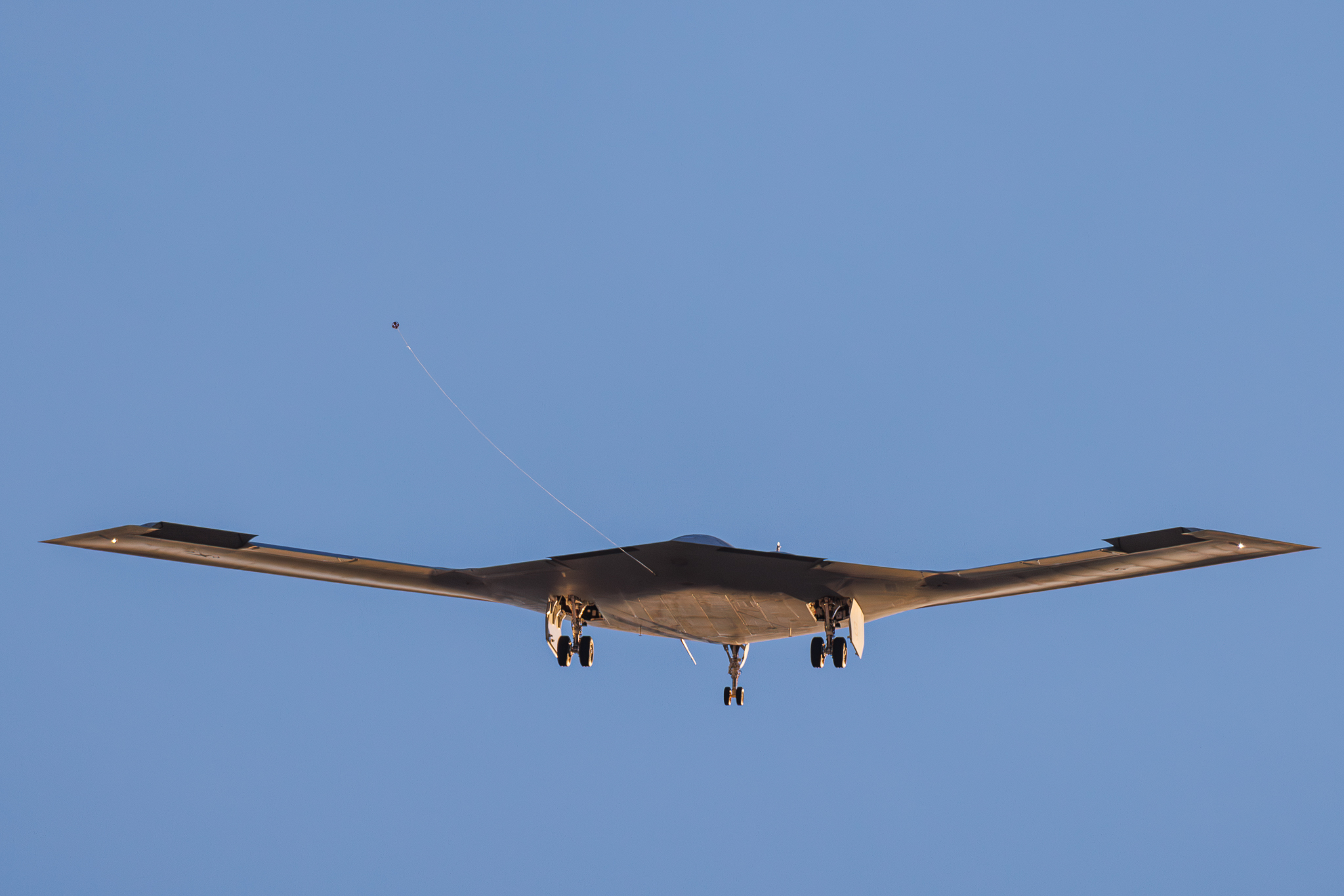
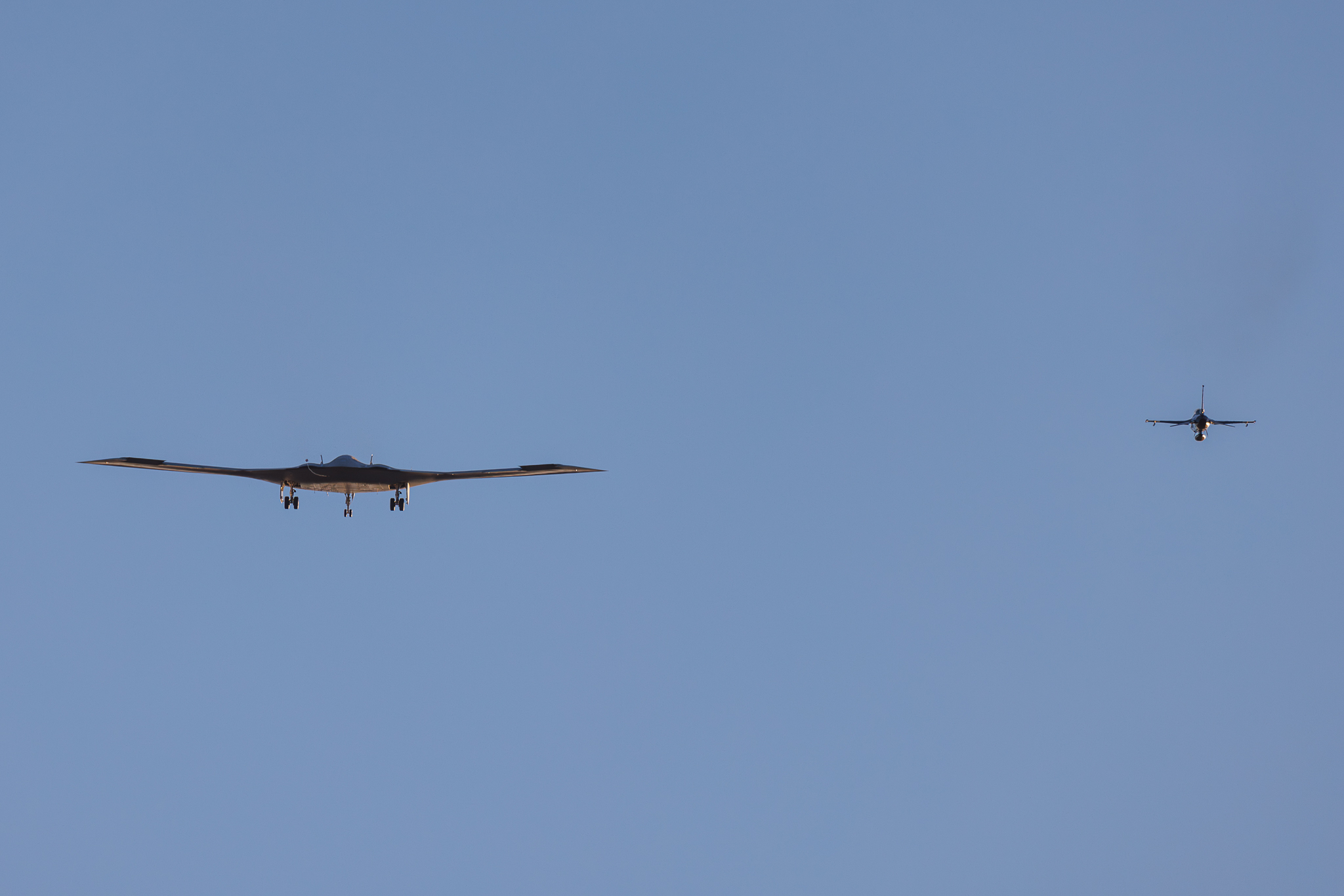
UPDATE: 1:07 PM EST—
We now have confirmation that the B-21 safely landed at Edwards AFB.
The B-21 landed safely, said USAF a spokesperson. It took off at 7 a.m local time and touched down at Edwards at approximately 8:30 a.m. local time,
Howard Altman contributed to this story.
UPDATE: 6:45 PM EST—
Full analysis about what we saw and learned from the B-21’s first flight can be found in this new post.
Contact the author: thomas@thedrive.com
